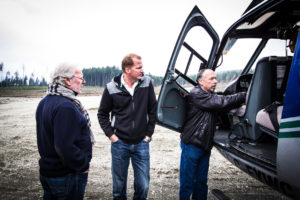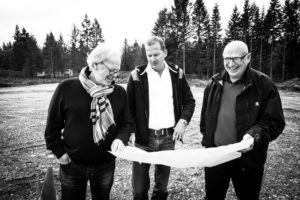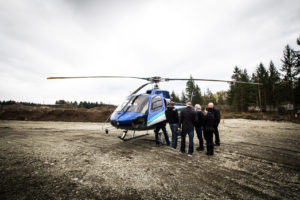Tilke Engineers & Architects, originally established in 1983, is recognized as the world leading designer for racetrack and test facilities.
With a consistent record of designing individual and state-of-the-art race tracks – including grandstands, pit buildings, team buildings and other infrastructure facilities– by fulfilling their clients’ needs, Tilke has led the industry in effecting permanent design changes that vastly improved both the excitement and safety levels of major race tracks around the world.
With an interdisciplinary skilled team of more than 350 engineers and architects stationed in offices in Germany, Bahrain, the United Arab Emirates, Mexico, Kazakhstan and Azerbaijan, Tilke’s services include civil engineering, architecture as well as electromechanical engineering and electronic engineering from the first initial concept to detailed design, construction supervision and project management.
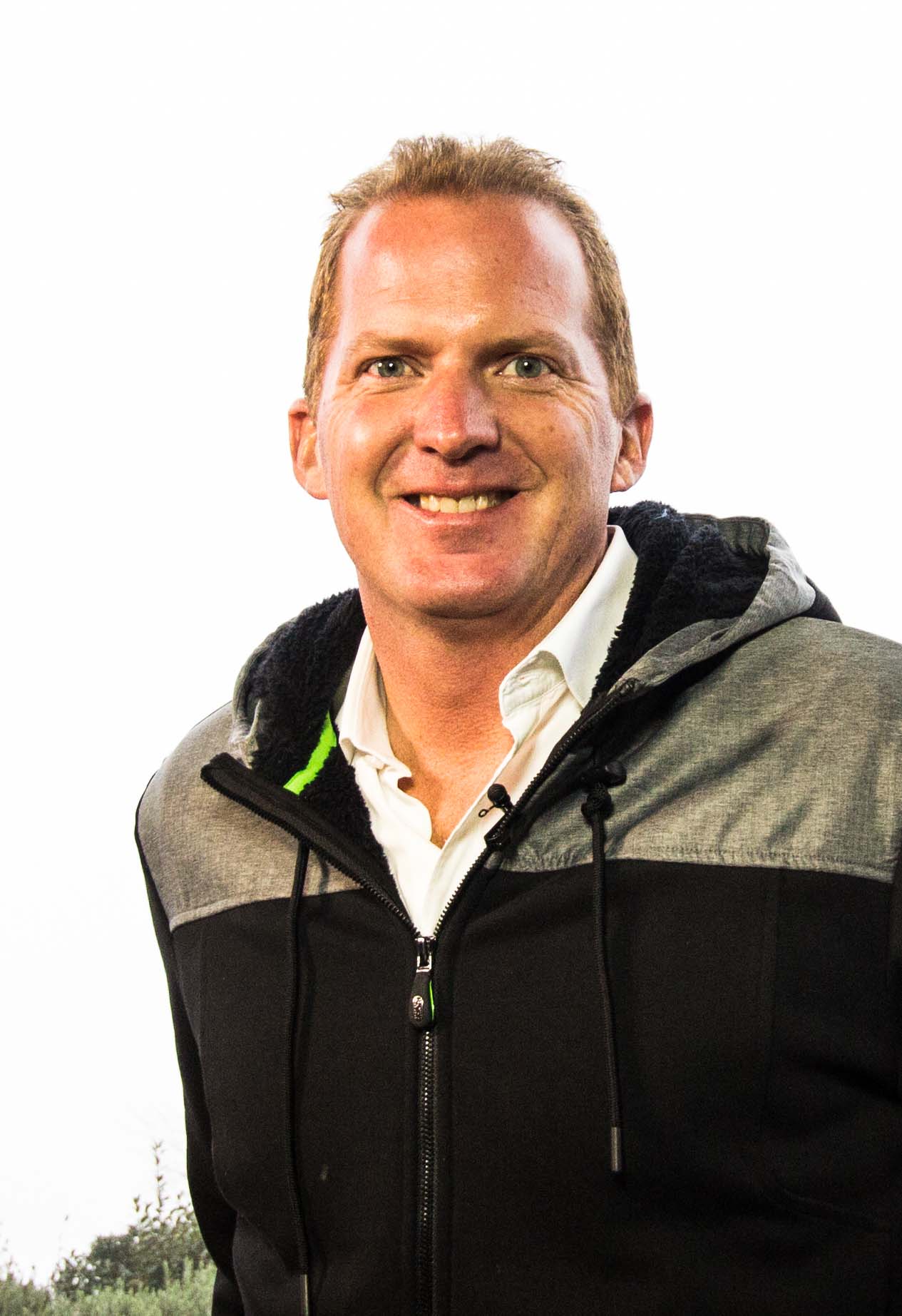 At the Vancouver Island Motorsport Circuit, the Tilke Team was led by Christian Epp, Director of the Americas and Peter Wahl, Managing Partner at Tilke GmbH.
During their visit to Vancouver Island and to the Motorsport Circuit, we had the unique opportunity to sit down with Peter to gain a better understanding of what goes on behind track design and an insiders look into the world of racetrack designs and the many facets of challenges and issues with a project of this kind.
So what is the scope of work Tilke does for a project like the one on Vancouver Island? As a first step, Christian Epp flew to Victoria to look for a location where the circuit could be built. Questions arouse like “Is the plot of land suited for a Motorsport Facility and will it offer any interesting angles visitors and drivers will appreciate?”
At the Vancouver Island Motorsport Circuit, the Tilke Team was led by Christian Epp, Director of the Americas and Peter Wahl, Managing Partner at Tilke GmbH.
During their visit to Vancouver Island and to the Motorsport Circuit, we had the unique opportunity to sit down with Peter to gain a better understanding of what goes on behind track design and an insiders look into the world of racetrack designs and the many facets of challenges and issues with a project of this kind.
So what is the scope of work Tilke does for a project like the one on Vancouver Island? As a first step, Christian Epp flew to Victoria to look for a location where the circuit could be built. Questions arouse like “Is the plot of land suited for a Motorsport Facility and will it offer any interesting angles visitors and drivers will appreciate?”
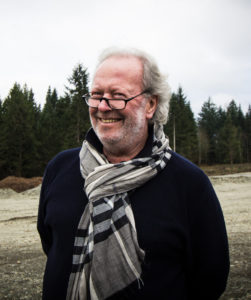 For this particular project, the nature, the setting in front of a beautiful mountain and the surrounding landscape of forest, rivers, creeks and oceans make this project unique. Because this area of land has to be huge, we often get only what nobody else wants to have – like a swamp in China.” This doesn’t make things any easier. In Shanghai they first had to drive thousands of piles into the ground and then fix a huge polystyrene platform onto it. In Bahrain, by contrast, Tilke was confronted with a stony desert. “Extremely hard, compressed sand, millennia old. We had to use explosives every time we needed to move any earth.” You also have to plan for seemingly minor things like the prevailing wind direction or the position of the sun. “You always have the pit buildings opposite the grandstand, and you can’t have the people looking straight into the sun when the race starts at 2 p.m.,” says partner Peter Wahl. “The wind direction is also a factor, because, if you’re in the desert, of course, you have to make sure the surface doesn’t get covered in sand, making it too slippery.”
After all the preparations, you can start on the actual task of planning the route. “You begin by deciding where to have the start and finish,” Tilke says. “When we are confronted by difficult terrain with altitude differences, like in Turkey, we sometimes take pieces of string and mark the track out.
For this particular project, the nature, the setting in front of a beautiful mountain and the surrounding landscape of forest, rivers, creeks and oceans make this project unique. Because this area of land has to be huge, we often get only what nobody else wants to have – like a swamp in China.” This doesn’t make things any easier. In Shanghai they first had to drive thousands of piles into the ground and then fix a huge polystyrene platform onto it. In Bahrain, by contrast, Tilke was confronted with a stony desert. “Extremely hard, compressed sand, millennia old. We had to use explosives every time we needed to move any earth.” You also have to plan for seemingly minor things like the prevailing wind direction or the position of the sun. “You always have the pit buildings opposite the grandstand, and you can’t have the people looking straight into the sun when the race starts at 2 p.m.,” says partner Peter Wahl. “The wind direction is also a factor, because, if you’re in the desert, of course, you have to make sure the surface doesn’t get covered in sand, making it too slippery.”
After all the preparations, you can start on the actual task of planning the route. “You begin by deciding where to have the start and finish,” Tilke says. “When we are confronted by difficult terrain with altitude differences, like in Turkey, we sometimes take pieces of string and mark the track out.
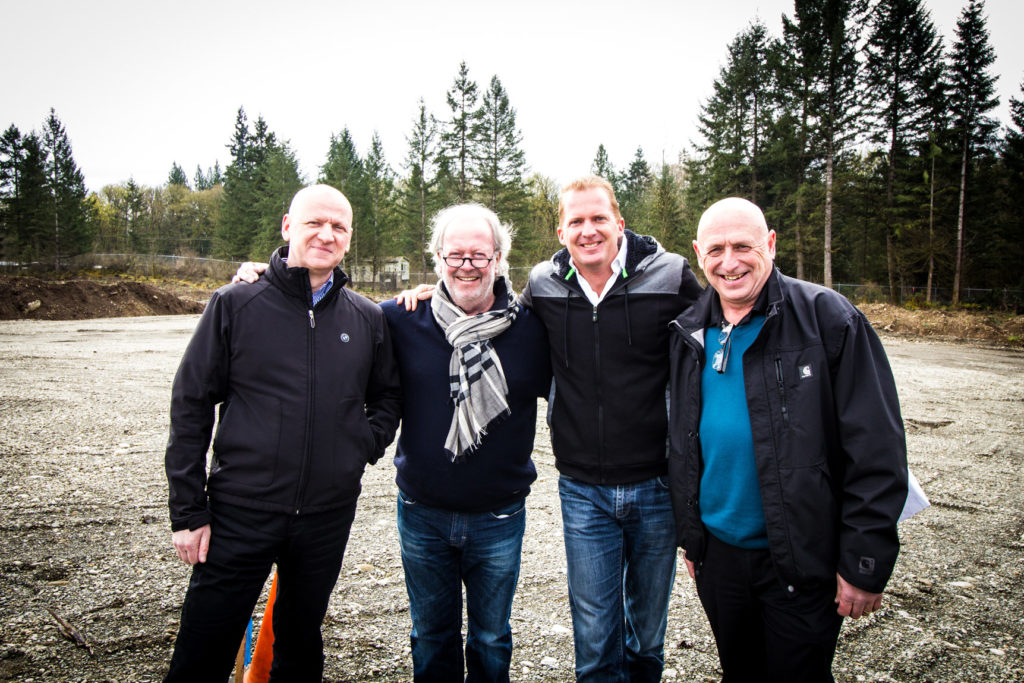 In the beginning the size of the land GAIN proposed was small, but after a few discussions, and while starting the construction, the group purchased an additional 225 acres for future track and activity expansions. That fact convinced the team at Tilke that the project on Vancouver Island was a go and they were ready to take on the track competition in Canada and the US.
Here is a small interview with Peter Wahl when he visited the Vancouver Island Motorsport Circuit:
In the beginning the size of the land GAIN proposed was small, but after a few discussions, and while starting the construction, the group purchased an additional 225 acres for future track and activity expansions. That fact convinced the team at Tilke that the project on Vancouver Island was a go and they were ready to take on the track competition in Canada and the US.
Here is a small interview with Peter Wahl when he visited the Vancouver Island Motorsport Circuit:
 At the Vancouver Island Motorsport Circuit, the Tilke Team was led by Christian Epp, Director of the Americas and Peter Wahl, Managing Partner at Tilke GmbH.
During their visit to Vancouver Island and to the Motorsport Circuit, we had the unique opportunity to sit down with Peter to gain a better understanding of what goes on behind track design and an insiders look into the world of racetrack designs and the many facets of challenges and issues with a project of this kind.
So what is the scope of work Tilke does for a project like the one on Vancouver Island? As a first step, Christian Epp flew to Victoria to look for a location where the circuit could be built. Questions arouse like “Is the plot of land suited for a Motorsport Facility and will it offer any interesting angles visitors and drivers will appreciate?”
At the Vancouver Island Motorsport Circuit, the Tilke Team was led by Christian Epp, Director of the Americas and Peter Wahl, Managing Partner at Tilke GmbH.
During their visit to Vancouver Island and to the Motorsport Circuit, we had the unique opportunity to sit down with Peter to gain a better understanding of what goes on behind track design and an insiders look into the world of racetrack designs and the many facets of challenges and issues with a project of this kind.
So what is the scope of work Tilke does for a project like the one on Vancouver Island? As a first step, Christian Epp flew to Victoria to look for a location where the circuit could be built. Questions arouse like “Is the plot of land suited for a Motorsport Facility and will it offer any interesting angles visitors and drivers will appreciate?”
 For this particular project, the nature, the setting in front of a beautiful mountain and the surrounding landscape of forest, rivers, creeks and oceans make this project unique. Because this area of land has to be huge, we often get only what nobody else wants to have – like a swamp in China.” This doesn’t make things any easier. In Shanghai they first had to drive thousands of piles into the ground and then fix a huge polystyrene platform onto it. In Bahrain, by contrast, Tilke was confronted with a stony desert. “Extremely hard, compressed sand, millennia old. We had to use explosives every time we needed to move any earth.” You also have to plan for seemingly minor things like the prevailing wind direction or the position of the sun. “You always have the pit buildings opposite the grandstand, and you can’t have the people looking straight into the sun when the race starts at 2 p.m.,” says partner Peter Wahl. “The wind direction is also a factor, because, if you’re in the desert, of course, you have to make sure the surface doesn’t get covered in sand, making it too slippery.”
After all the preparations, you can start on the actual task of planning the route. “You begin by deciding where to have the start and finish,” Tilke says. “When we are confronted by difficult terrain with altitude differences, like in Turkey, we sometimes take pieces of string and mark the track out.
For this particular project, the nature, the setting in front of a beautiful mountain and the surrounding landscape of forest, rivers, creeks and oceans make this project unique. Because this area of land has to be huge, we often get only what nobody else wants to have – like a swamp in China.” This doesn’t make things any easier. In Shanghai they first had to drive thousands of piles into the ground and then fix a huge polystyrene platform onto it. In Bahrain, by contrast, Tilke was confronted with a stony desert. “Extremely hard, compressed sand, millennia old. We had to use explosives every time we needed to move any earth.” You also have to plan for seemingly minor things like the prevailing wind direction or the position of the sun. “You always have the pit buildings opposite the grandstand, and you can’t have the people looking straight into the sun when the race starts at 2 p.m.,” says partner Peter Wahl. “The wind direction is also a factor, because, if you’re in the desert, of course, you have to make sure the surface doesn’t get covered in sand, making it too slippery.”
After all the preparations, you can start on the actual task of planning the route. “You begin by deciding where to have the start and finish,” Tilke says. “When we are confronted by difficult terrain with altitude differences, like in Turkey, we sometimes take pieces of string and mark the track out.
 In the beginning the size of the land GAIN proposed was small, but after a few discussions, and while starting the construction, the group purchased an additional 225 acres for future track and activity expansions. That fact convinced the team at Tilke that the project on Vancouver Island was a go and they were ready to take on the track competition in Canada and the US.
Here is a small interview with Peter Wahl when he visited the Vancouver Island Motorsport Circuit:
In the beginning the size of the land GAIN proposed was small, but after a few discussions, and while starting the construction, the group purchased an additional 225 acres for future track and activity expansions. That fact convinced the team at Tilke that the project on Vancouver Island was a go and they were ready to take on the track competition in Canada and the US.
Here is a small interview with Peter Wahl when he visited the Vancouver Island Motorsport Circuit:
- What do you know about Western Canada and Vancouver Island?
- I’ve been to Canada for private and business reasons several times. I love the incredible nature, the culture and the urban atmosphere on the other hand. Canada and especially Vancouver Island have so much to offer and it is worth a trip – every time!
- Is this the first time you are involved in a facility in Canada?
- Yes but we have been in touch with several clients in Canada since the beginning of 2000.
- How many tracks is Tilke Engineering working on right now?
- We are currently working on approximately 15 to 20 different tracks for various race-series.
- How many in total have you designed?
- Within the last two decades we have designed and built up to 65 different tracks worldwide, 19 of them for the Formula 1. More tracks are in progress all over the world and for the first time now also in Canada.
- Why have so many clients for projects big and small chosen Tilke Engineering?
- We can rely on more than 20 years of experience and know-how in the development, design and construction of track projects of any size. That is why Tilke Engineering is one of the leading companies for racetracks, test tracks, Motorsport Clubs and other similar facilities world-wide. Besides that we design and build Shopping Centres, hotels, sports facilities and also hospitals. Our experience and the variety of scope we can offer must be one of the reasons why our clients trust us.
- Safety is a very big part of all F1 and FIA tracks, is there still room to make tracks exciting for drivers and the designers?
- Definitely yes. Creating exciting and challenging tracks is always our first aim. The aspects of safety and the requirements for a challenging track are not excluding themselves mutually. The topographical aspects and the shape of a site are key factors by choosing the track layout. Another important element for an exciting track is to provide recognition features for the drivers and the spectators. In addition, every track must have an individual character and elements of which cannot be found at any other track. All those factors and of course some more, have impact on the final track design. Safety is just one of them.
- Do club facilities like the Vancouver Island Motorsport Circuit give architects and designers freedom to build tracks that are safe and even more exciting?
- It is a big pleasure for us to design and build the Vancouver Island Motorsport Circuit. We are excited as it is our first project on Vancouver Island and also because club facilities contain as many different exciting elements as major international race tracks. Club tracks have even more opportunities regarding design of the track and especially this project with the very lively topography will become a unique and very interesting track.Motorsport is a broad field and besides Formula 1 we design and develop any size of facility, be it an automotive test track or a small circuit for both, cars and motorbikes, which is a challenging topic itself.The variety of small project offers more possibilities to experiment and realize more radical ideas. We at Tilke love those circuits and tracks, because we can develop something special with our client, and together strike out in new directions.
- What would you like to tell automotive enthusiasts about the Vancouver Island Motorsport Circuit and the layout your firm has created?
- The track itself has a distinctive character, making it exciting for beginners and professionals. Due to the short cuts on the track, the difficulty can be reduced initially. The track allows, especially beginners, to improve their driving skills slowly and moderately. At the same time, more experienced drivers will find the Vancouver Island Motorsport Circuit track challenging as it reveals new facets with every visit.Technical aspects of the cars were also considered during the design. For instance one of our aims was to reduce the material wear of the brakes as private sports car drivers don’t want to replace brakes as often as race teams are used to do. So this will also be one of the specific track characteristics and we have built a very specific braking and brake-cooling ratio in the lay out.Beside the safety aspects this means less cost while saving material for the sports drivers. This is just one of the examples of the experience our firm brings to a project like this as we can rely on reliable data from many tracks and many years of use.
- Can you give us some key points of information about the track?
- The track is divided in two characteristic sections. Turn 1 till turn 5 represent the high-speed section. Especially turn 3 requires a lot of driving experience and courage. The topography creates a unique driving experience one can only experience on race respectively test –and presentation tracks.From turn 6 the driver will go through the more technical part of the track. Particularly here it needs a very precise driving routine. The interaction between braking and accelerating as well as a precise turning makes the difference.Later on the course the driver will experience different exciting curve characteristics, which are due to our individual design.The track combines the aspects of “exclusivity”, “excitement”, “uniqueness” and “challenge”!
- What are you most proud in this layout and what do you want the drivers on this track to feel when they take their cars out for the first time and on their first few laps?
- Turn 3 is one of the most exciting part of the track. Even the full-throttle driving promises a unique perspective. The driver will approach the curve with high-speed and will get a rush of pure adrenaline – for sure!Turn 4 und turn 5 are sloping curves. Due to that the driver will go through a roller coaster ride by slowly braking into the curve.Turn 16 looks unspectacular at the first sight, but needs a lot of sensitivity meet the racing line.These highlights are completing the driving passion of the track – no boredom at all!
- Can you give us some information about your career and history so people know a bit more about Tilke Engineering and the people you’ve worked with on this project?
- I am a registered architect and engineer and am responsible for numerous major projects in Germany and abroad. My specialty is motorsport circuit construction, where I have been influential in developing the modern Tilke circuit model for multifunctional motorsport destinations that reflect the heart, soul, traditions and culture of host region and country.As Managing Director and Partner of Tilke GmbH & Co. KG alongside with Hermann Tilke, who is an engineer and race driver, I formed the Tilke architectural and engineering department in 1994. Since we started, the company has grown substantially employing more than 220 people around the world, with overseas offices in Mexico, Abu Dhabi, Bahrain and Azerbaijan.Our team, which is working on this unique project, consists of experienced architects and engineers from different departments; some are professional racers themselves, which is an advantage. Furthermore every track gets tested from the start by using an in-house simulation program.
